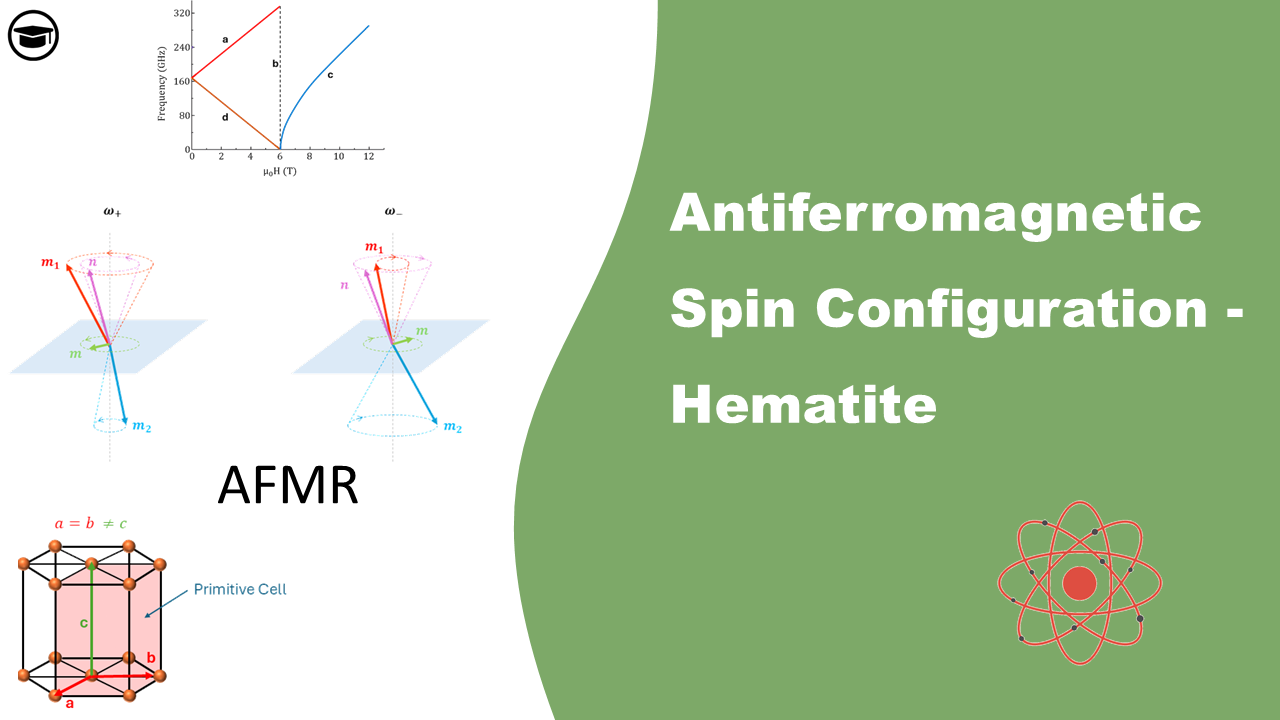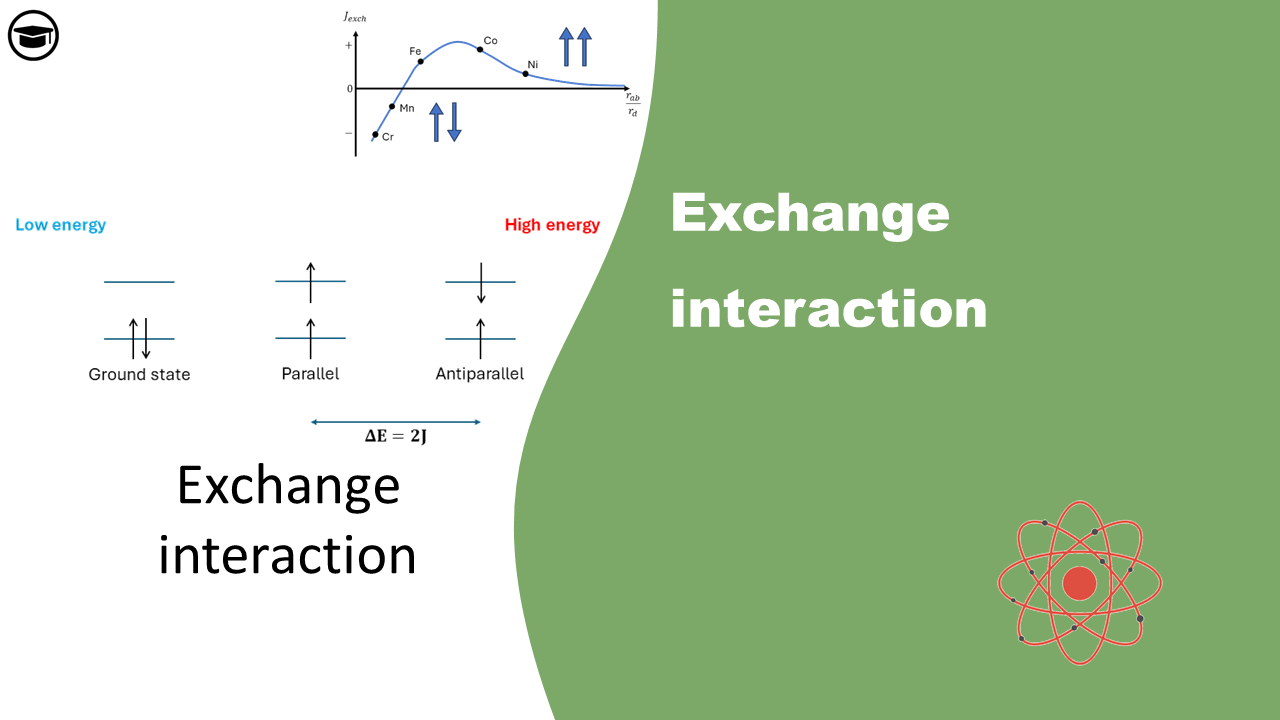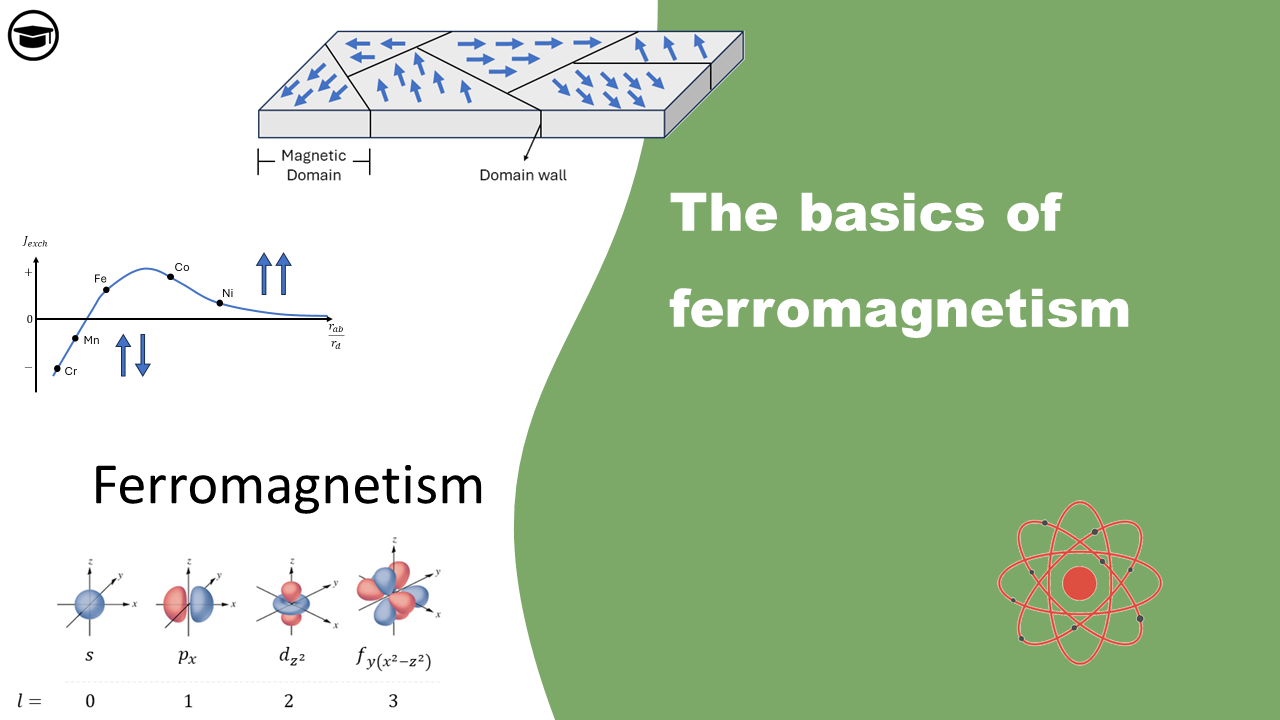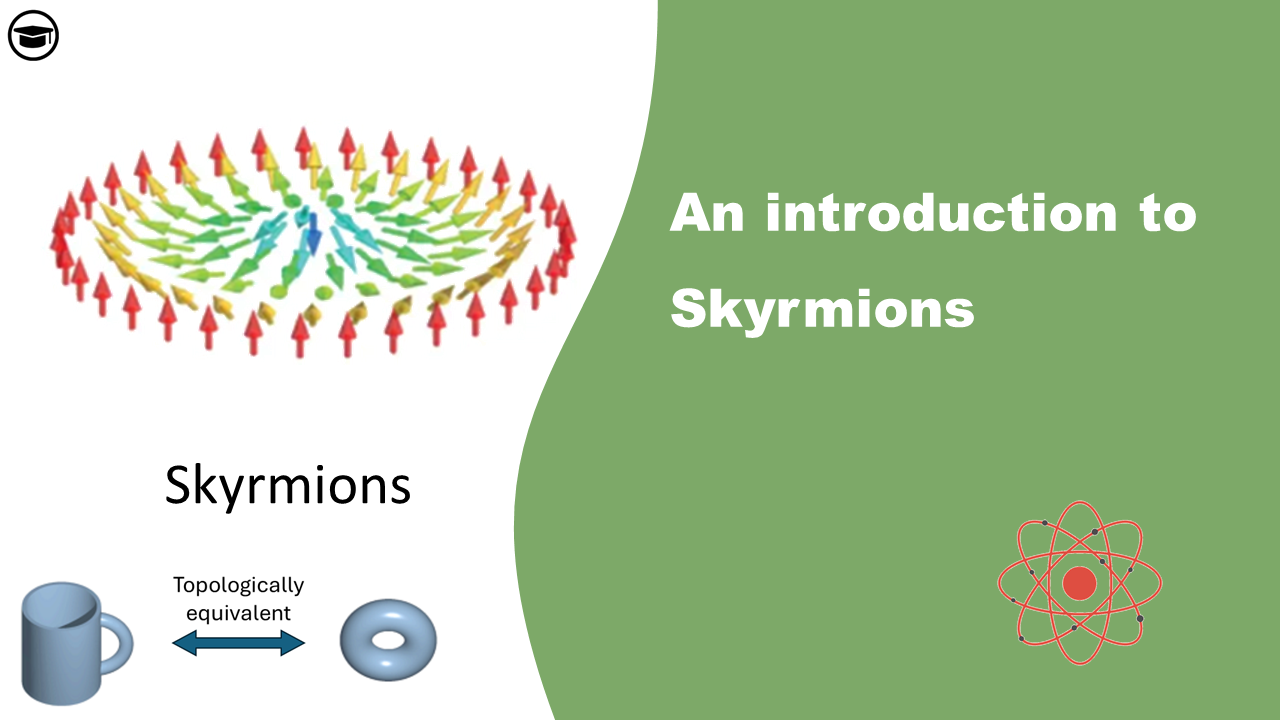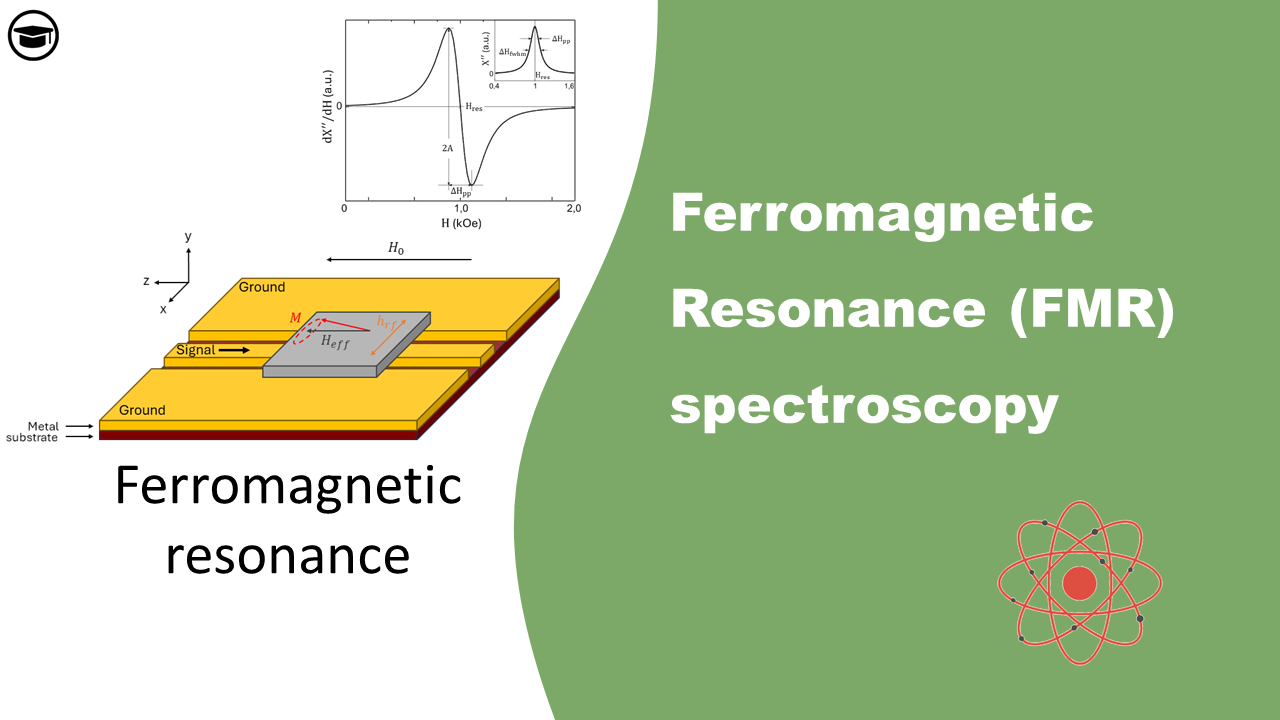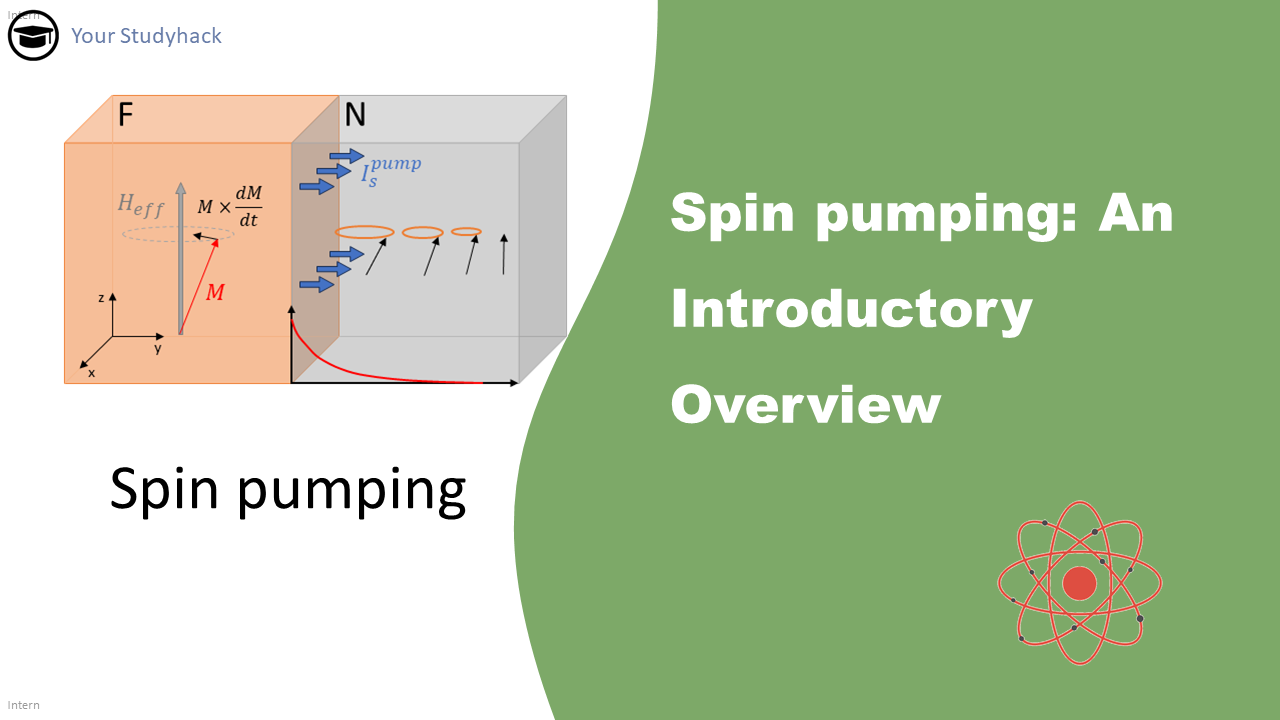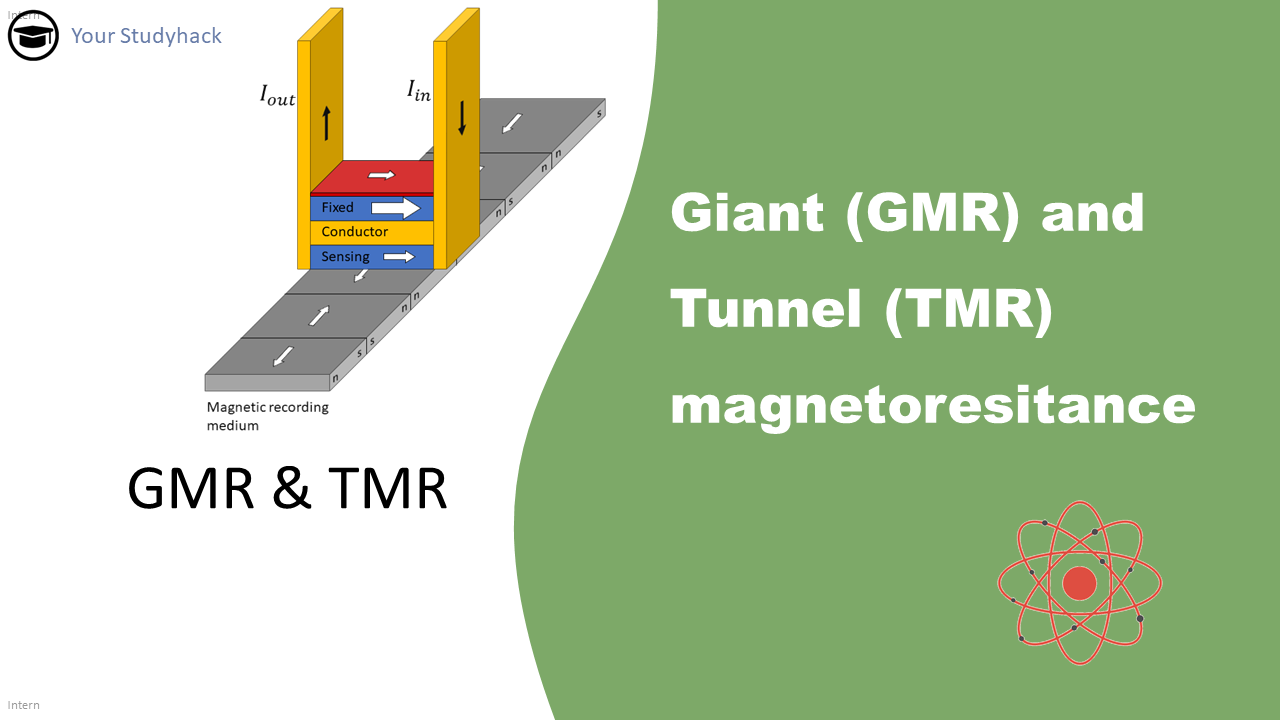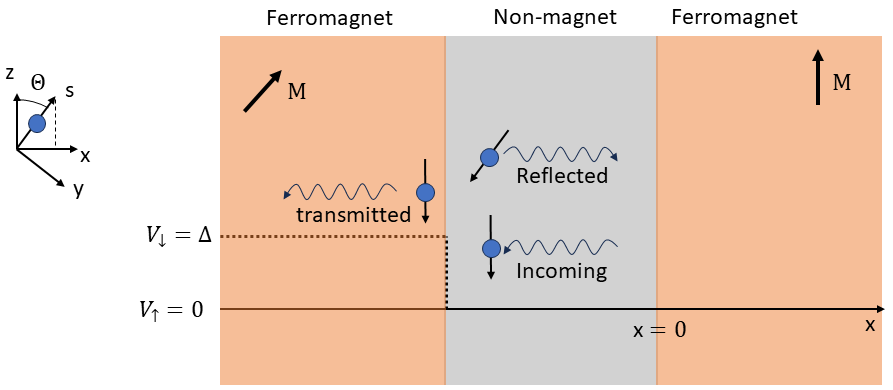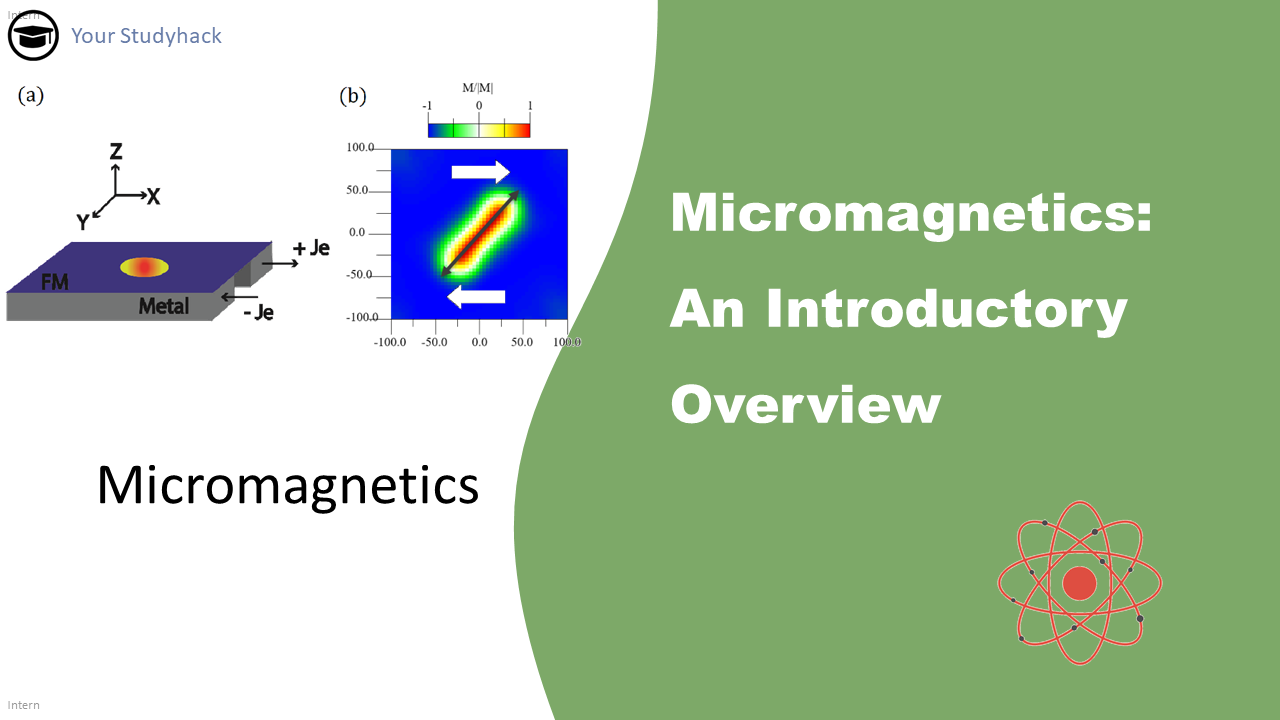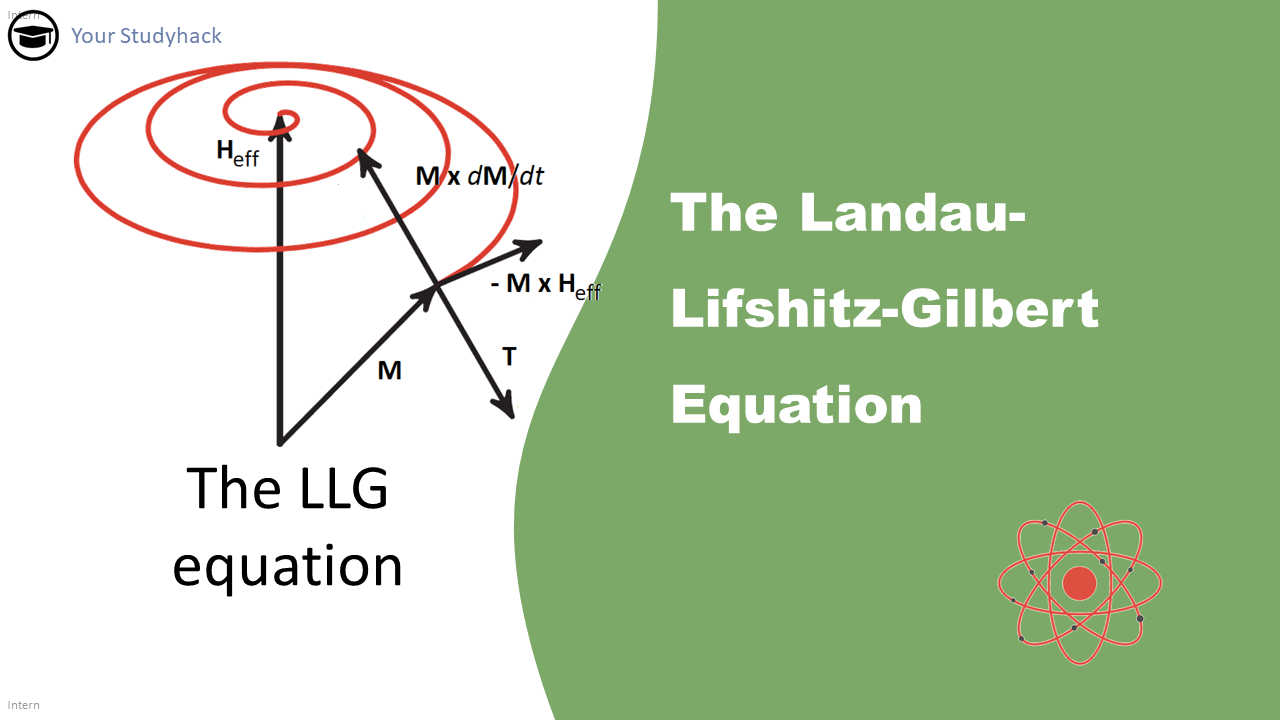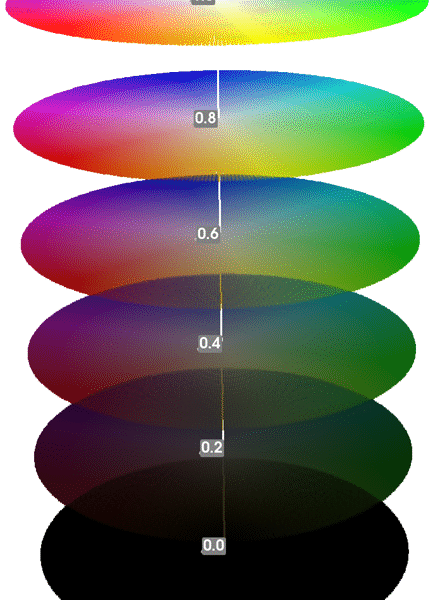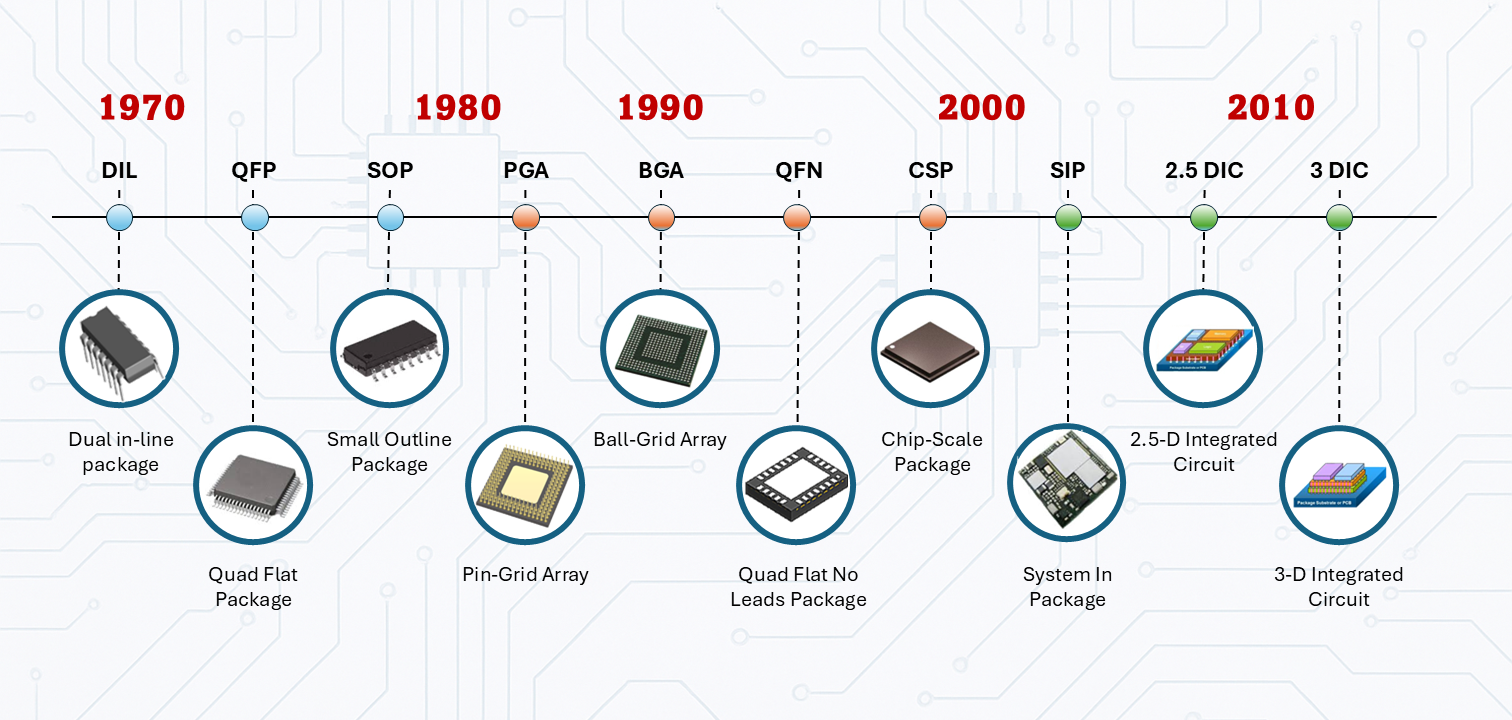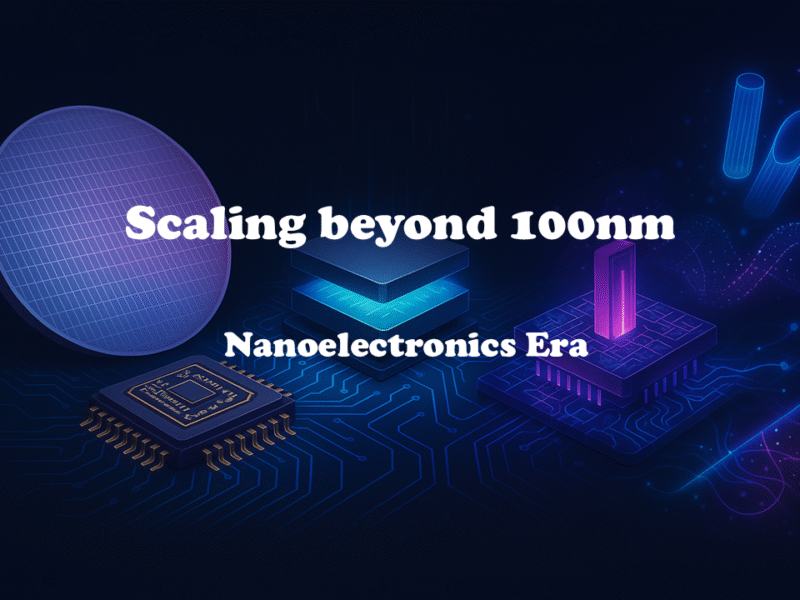Antiferromagnetic Spin Configuration – Hematite
Explore the fascinating world of antiferromagnetic resonance, where materials like hematite and Yttrium Orthoferrite reveal the hidden dynamics of opposing magnetic moments. Dive into the science behind these unique materials, and discover how their properties open new possibilities in fields such as spintronics and data storage.
Exchange interaction
Electrons prefer parallel spins due to the quantum mechanical concept of exchange energy, which lowers their system's total energy. This preference is a result of the Pauli exclusion principle and the antisymmetric nature of fermion wavefunctions, reducing Coulomb repulsion and stabilizing the system in quantum mechanical interactions.
The basics of ferromagnetism
Magnetism is the force that is exerted by magnets when they repel or attract each other. It is caused by the motion of electric charges. Electrons can spin like tops, and they orbit
An introduction to Skyrmions
Skyrmions are a class of topological solitons discovered by Tony Skyrme in the 1960s, he used this concept to describe how subatomic particles exist as discrete entities in a nuclear field. The original idea was overshadowed by other theories, however, the same concept is now used to describe a phenomena ...
Ferromagnetic Resonance (FMR) spectroscopy
Ferromagnetic resonance (FMR) is a powerful tool for investigating magnetism in materials. By applying a microwave field and measuring its absorption, FMR reveals details like a material's magnetization and damping. This excerpt explores the theory behind FMR, including the Kittel formula that describes the resonance condition. We'll also delve into ...
Spin pumping: An Introductory Overview
With STT, we have seen that a current can move magnetization, but the reciprocal effect is also possible, namely the generation of a spin current by magnetization motion. This phenomenon is called spin pumping and it is essential for developing spintronic devices, which utilize the spin of electrons rather than ...
Giant (GMR) and Tunnel (TMR) magnetoresistance
Giant magnetoresistance (and later Tunnel magnetoresistance) is one of the biggest discoveries in thin-film magnetism. Within 10 years after its discovery, it was already used in commercial devices, such as hard disk drive read heads, changing the world. Just like other magnetoresistive effects, GMR is about the change in resistivity ...
Spin-Transfer Torque: An Introductory Overview
Next to the charge, electrons also posses spins. In normal electronic circuits it is of (hardly) no use, as they are orientated randomly in non-ferromagnetic materials. However, when we integrate ferromagnetic components into these devices, the itinerant electrons can become partially spin polarized, with their spins taking on a more ...
Micromagnetics – An Introductory Overview
Micromagnetics is a field in physics that deals with the behaviour of magnetics at a sub-micrometer dimension. This theory is based on the assumption that the length of the magnetization vector is constant, and that the energy varies slowly at the atomic scale. This will break down when approaching the ...
The Landau-Lifshitz-Gilbert equation
To model the motion of the magnetization in the time domain, the Landau-Lifshitz (LL) equation is used. It describes the evolution in time of the magnetization in a solid.


